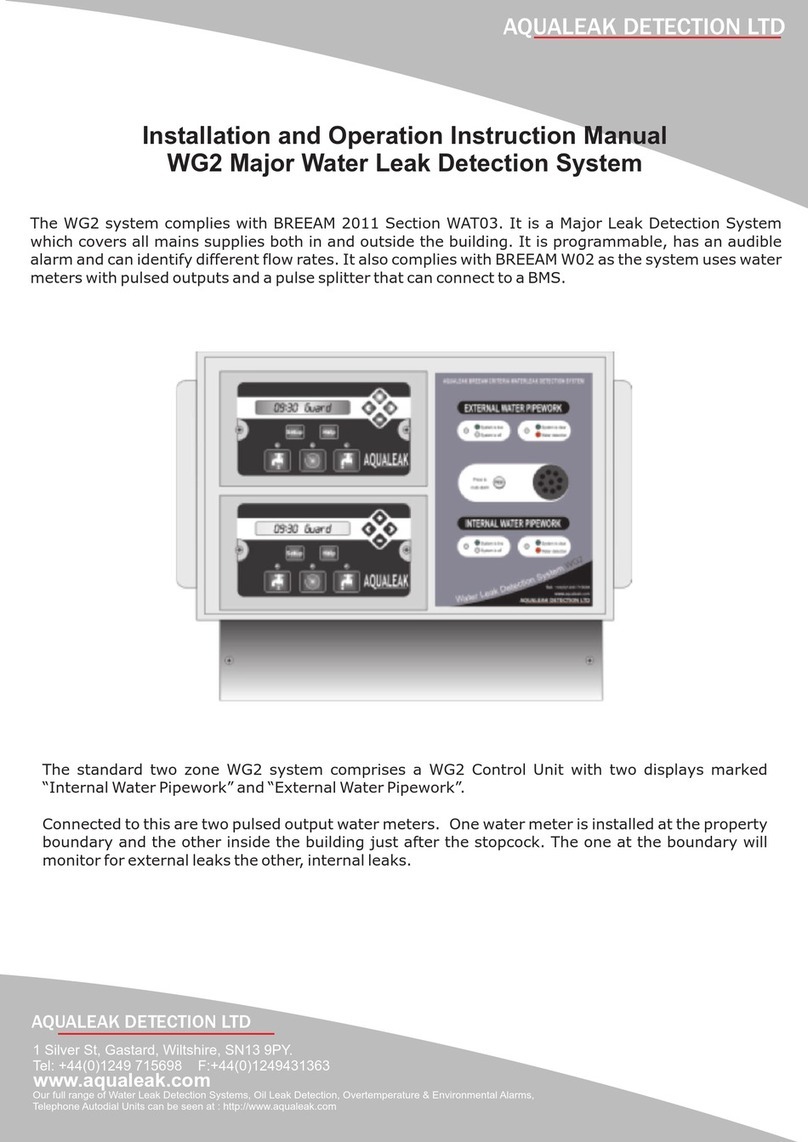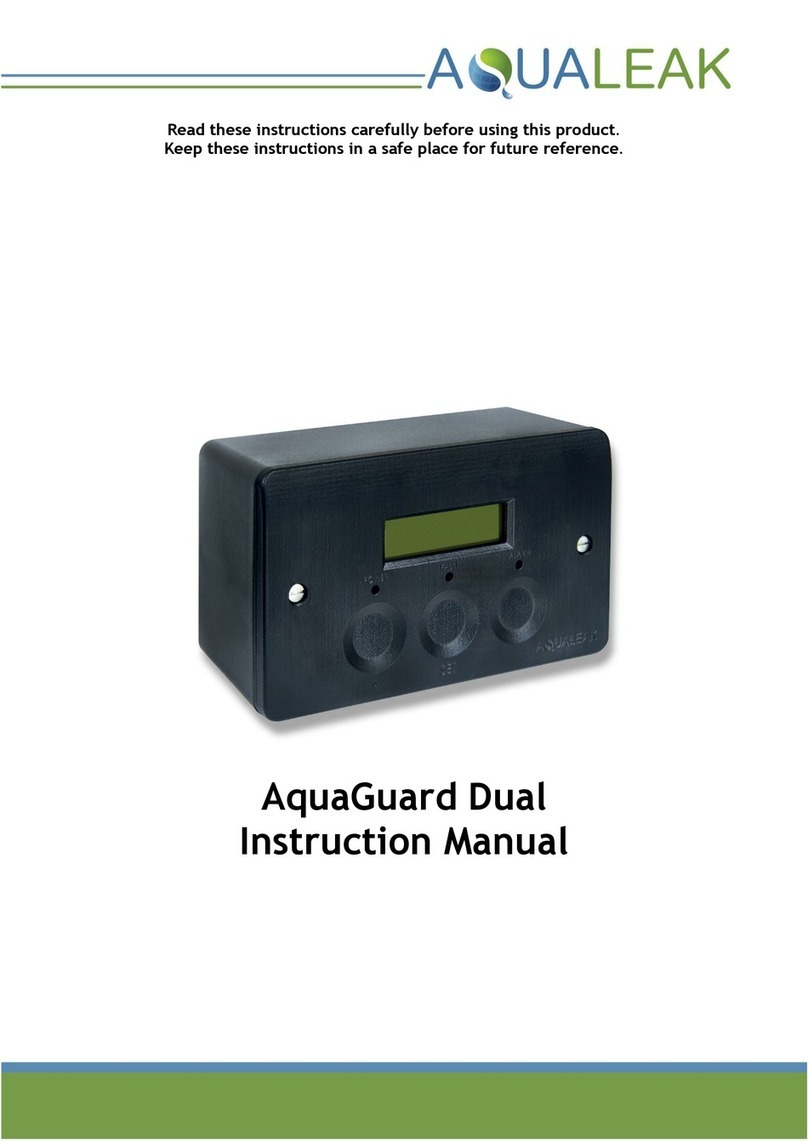EMS-01 Contents
1Safety Information ..................................................................................................... 5
1.1 Intended Use ...................................................................................................... 5
1.2 Statutory Obligations............................................................................................. 5
1.3 Electrical Safety .................................................................................................. 5
1.4 Installation Safety ................................................................................................ 6
1.5 Post-Installation Safety .......................................................................................... 6
2Product Overview ...................................................................................................... 7
2.1 Technical Specifications ......................................................................................... 8
2.2 Input-Output Connections ....................................................................................... 9
2.3 Single Zone Application Examples............................................................................. 10
2.3.1 Commercial Tea Point ....................................................................................... 10
2.3.2 Communications Room....................................................................................... 10
3Installation .............................................................................................................11
3.1 Unit Installation.................................................................................................. 11
3.1.1 Mounting ....................................................................................................... 11
3.1.2 Power Connections ........................................................................................... 11
3.2 Sensors and Relays .............................................................................................. 12
3.2.1 Sensor / Relay Connections ................................................................................. 12
3.3 Ancillary Devices................................................................................................. 16
3.3.1 Signalling to an Ancillary Device ........................................................................... 16
3.3.2 12/24V Output to Power an Ancillary Device ............................................................. 16
3.3.3 230V Output to an Ancillary Device ........................................................................ 17
4Configuration ..........................................................................................................18
4.1 DIP Switch Settings .............................................................................................. 18
4.2 Sensitivity Adjustment .......................................................................................... 19
5Operation ...............................................................................................................20
5.1 Monitor Mode..................................................................................................... 21
5.2 Fault Mode........................................................................................................ 21
5.3 Alarm Mode....................................................................................................... 21
5.4 Engineering Override Mode..................................................................................... 22
5.5 Test Mode......................................................................................................... 22
5.6 System Testing ................................................................................................... 23
5.6.1 Test System Modes ........................................................................................... 23
5.6.2 Test a Cable Fault (leader and sensor cables)............................................................ 24
6Maintenance ...........................................................................................................25
6.1 Cleaning........................................................................................................... 25
6.2 Troubleshooting.................................................................................................. 25
7Warranty................................................................................................................26






























